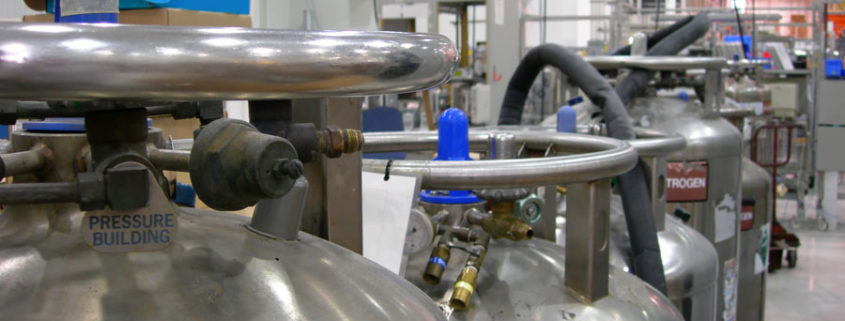What is the Importance of Nitrogen to Manufacturing and N2 Technology?
Nitrogen is one of the most accessible and prevalent inert gases. It has become known as one of the most dependable resources in manufacturing across numerous industries. Nitrogen has many uses and benefits. Here is everything you need to know about the importance of nitrogen gas, especially when it comes to manufacturing and technology.
The Characteristics of Nitrogen
Nitrogen is a common pure element that comprises 78% of the atmosphere. This inert gas is made up of two nitrogen atoms (N2), which are fastened together in a three-way covalent bond. This covalent bond is stabilized and substantially strong.
This gas occurs completely naturally. This kind of molecular bond makes the probability of nitrogen reacting with any other element unlikely and unexpected. This, combined with the fact that nitrogen is colorless, tasteless, and odorless, makes it the gas of choice for nitrogen generation solutions in manufacturing applications.
Nitrogen is used for a variety of applications in numerous industries. These include, but aren’t limited to:
- Food packaging and storage
- Health and beauty aids
- Electronics
- Oil, gas, and mining
- Meat and heat treating
- Chemicals and plastics
- Automotive and aircraft
- Labs and pharmaceuticals
- Medical
- Industrial nitrogen
- Biofuels and military nitrogen
Why Is Nitrogen Important to Many Different Industries?
Nitrogen has a few substantial characteristics that benefit and enable critical applications and processes in manufacturing, such as:
- Prohibiting the oxidation of materials and products
- Inhibiting the growth of harmful bacteria
- Reducing or eradicating the risk of explosion, combustion, or fire
- Producing a needed dry atmosphere
N2 Technology with Benefits Across Multiple Industries
Nitrogen is widely used in the food and beverage industry through a process known as Modified Atmosphere Packaging (MAP). It is injected into packaging and pushes the oxygen out of the air. The dry inert nitrogen replaces the oxygen, thereby eradicating any oxidation, prohibiting spoilage, and significantly extending the shelf life of the food or beverage product.
Likewise, the oil and gas industry leverages the inertness of nitrogen to create a safe atmosphere that is negative to combustion for tank and pipeline blanketing. For example, using pressurized nitrogen gas during the drilling process enables it to propel lighter drilling fluids. This allows for the removal of rubble, lubrication, and cooling of the drilling bit. Additionally, nitrogen lifting is a process that pushes nitrogen into the oil-bearing formation, which increases the productivity of an oil well throughout its life cycle.
While industries that use adhesives and paints need oxygen to harden and dry them, at some point, the oxygen must be removed to eradicate any unwanted oxidation (which can actually become harmful). Nitrogen blanketing is a process that is used to saturate the atmosphere surrounding the surface of a product within a storage tank. This stops the oxygen-initiated curing process. The result of nitrogen blanketing maintains the quality of a product and eliminates undesirable oxidation.
These are a few of the many examples of how applying nitrogen to the manufacturing process demonstrates the remarkable success and importance of N2 technology systems, nitrogen generation, and nitrogen generators.
On Site Gas Systems Are the Nitrogen Generator Pros
Consult with the experts at On Site Gas Systems for a reliable and efficient nitrogen generation system for your manufacturing process. Our nitrogen generator systems have provided customers around the world with top-notch solutions in hundreds of applications across a plethora of industries. We design and build high-performance nitrogen generators for any on-site plant location.







Leave a Reply
Want to join the discussion?Feel free to contribute!